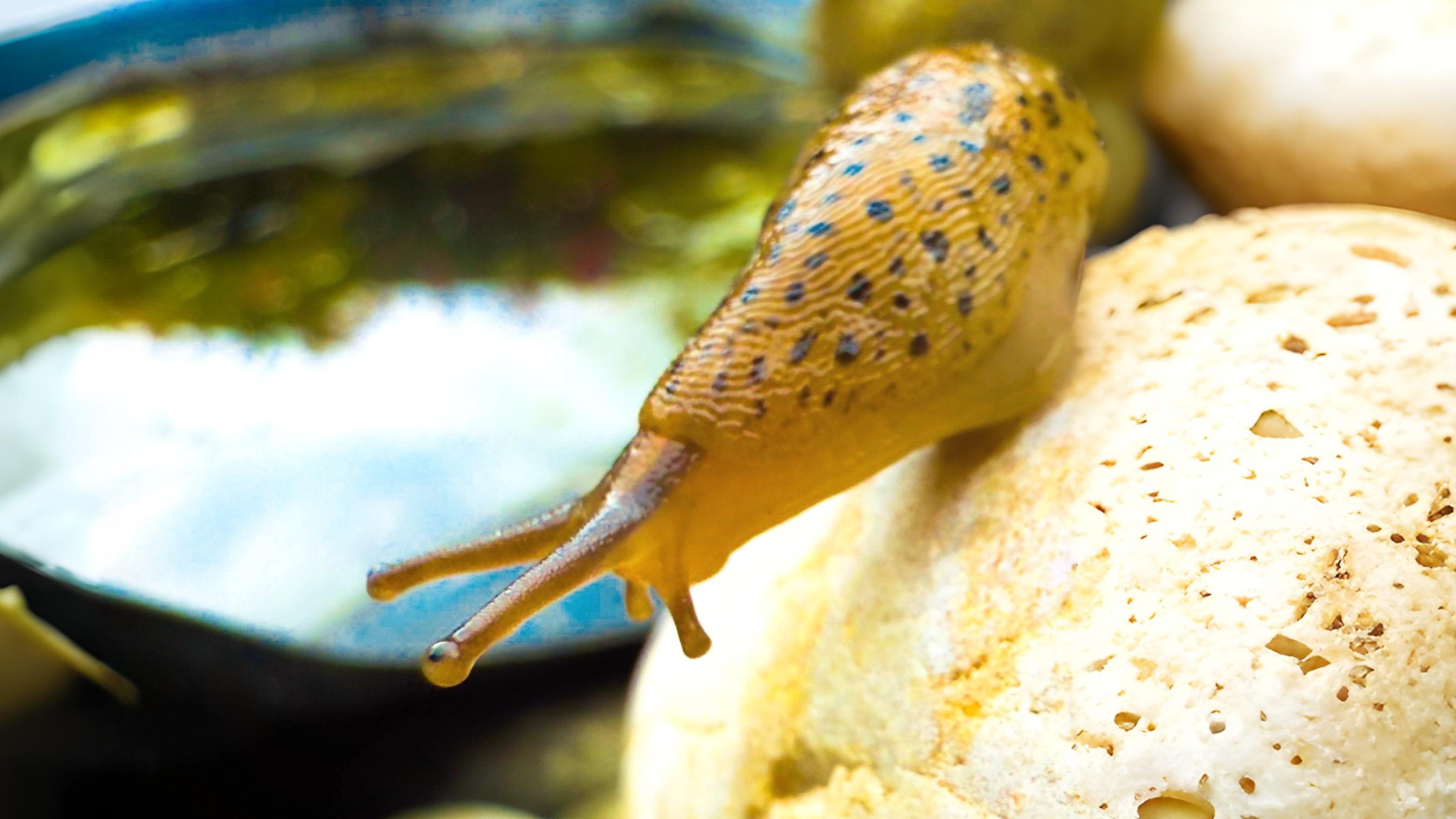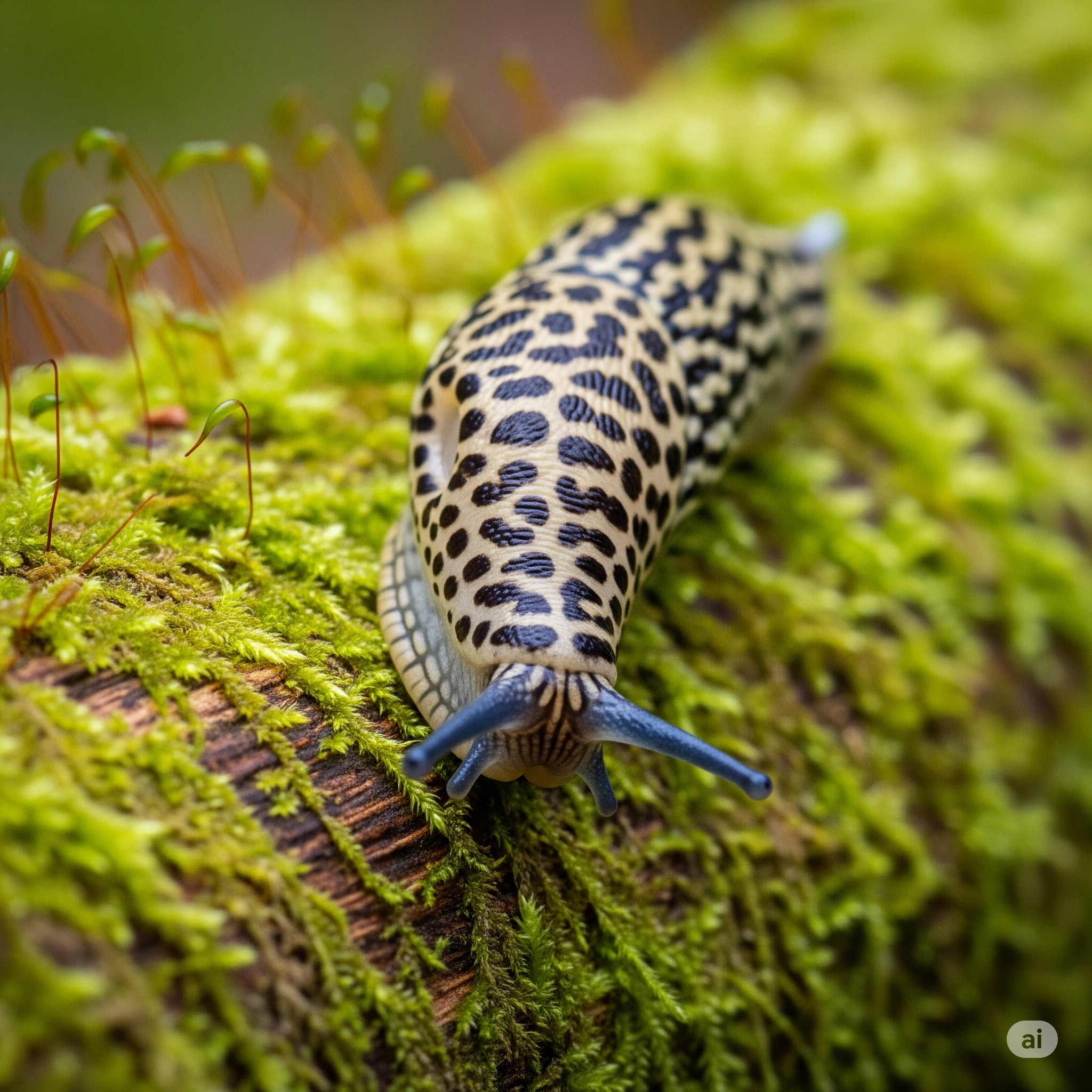
Return on August 24th for the full article!
Many of the pest species happen to live in London gardens e.g. the small striped slug Arion hortensis (30 mm.) which has dark bands along the sides of its body and an orange-yellow foot. It is happy to eat plants both above and below the soil surface. The netted slug Deroceras reticulatum (35 mm.) is another. It is usually pale cream in colour with net-like markings It has catholic tastes and is happy to eat many different plants in gardens.


Other common slugs include the dusky, brown-banded, keeled and Budapest slug. The dusky slug Arion subfuscus (60 mm.) is usually yellow with a transparent yellow sole. If handled its mucus can stain your fingers. The brown-banded slug A. circumscriptus (35 mm.) has helpfully got dark bands along its sides as well as a dull opaque foot.
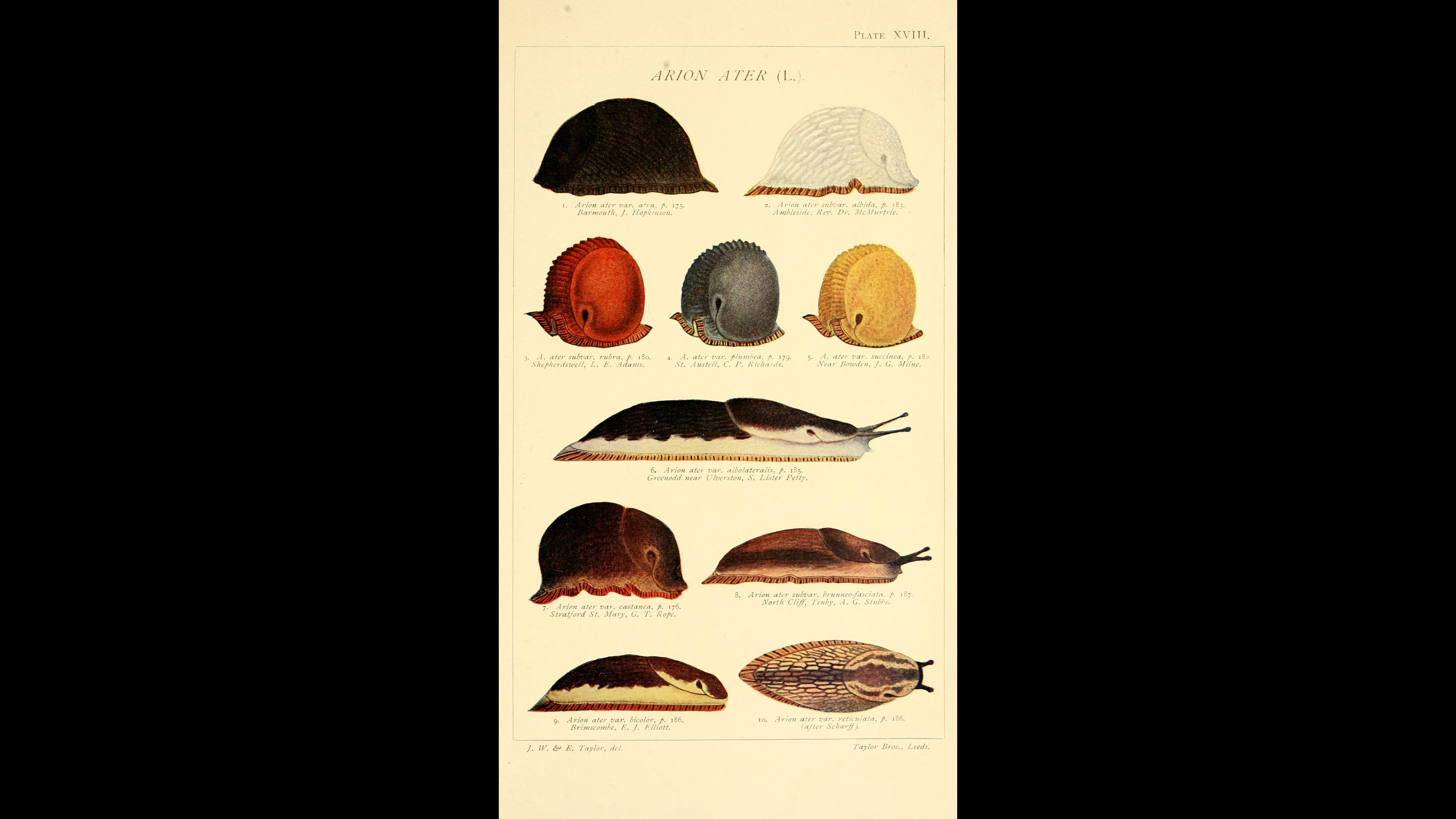

Two slugs that are much more likely to be found in wetter conditions are the grey field slug and marsh slug. The grey field slug Deroceras agreste (40 mm.) is a distinctive oatmeal colour and the marsh slug D. laeve (20 mm.) is a glossy brown slug which can even be found in water. It is thought it may even be distributed by running water. It is unlikely you will see the worm slug Brettgerilla pallens (40 mm.) as it spends most of its time underground looking for earthworms which it feeds upon. It looks very like a worm itself except for the raised keel along the length of its back.
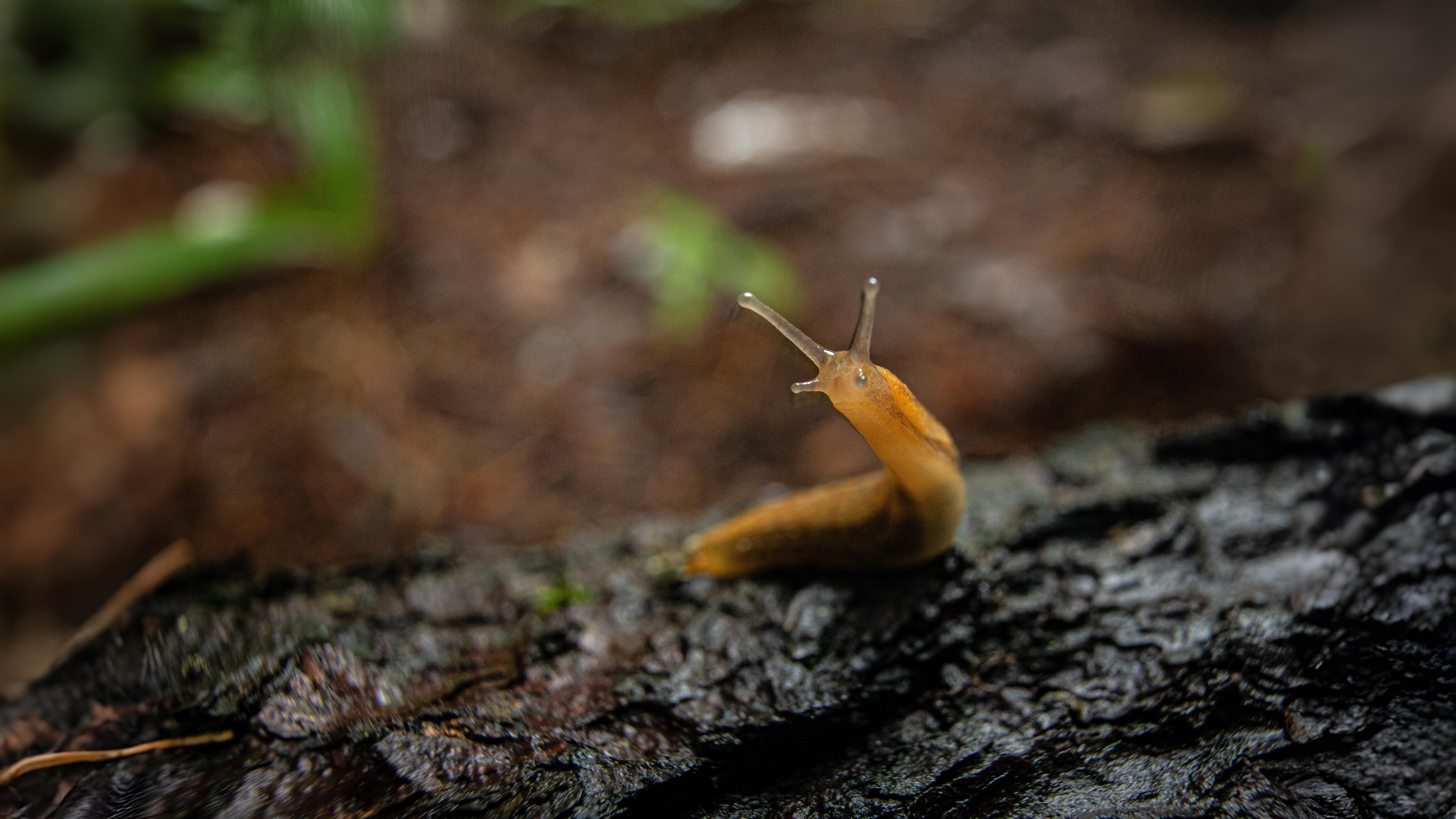

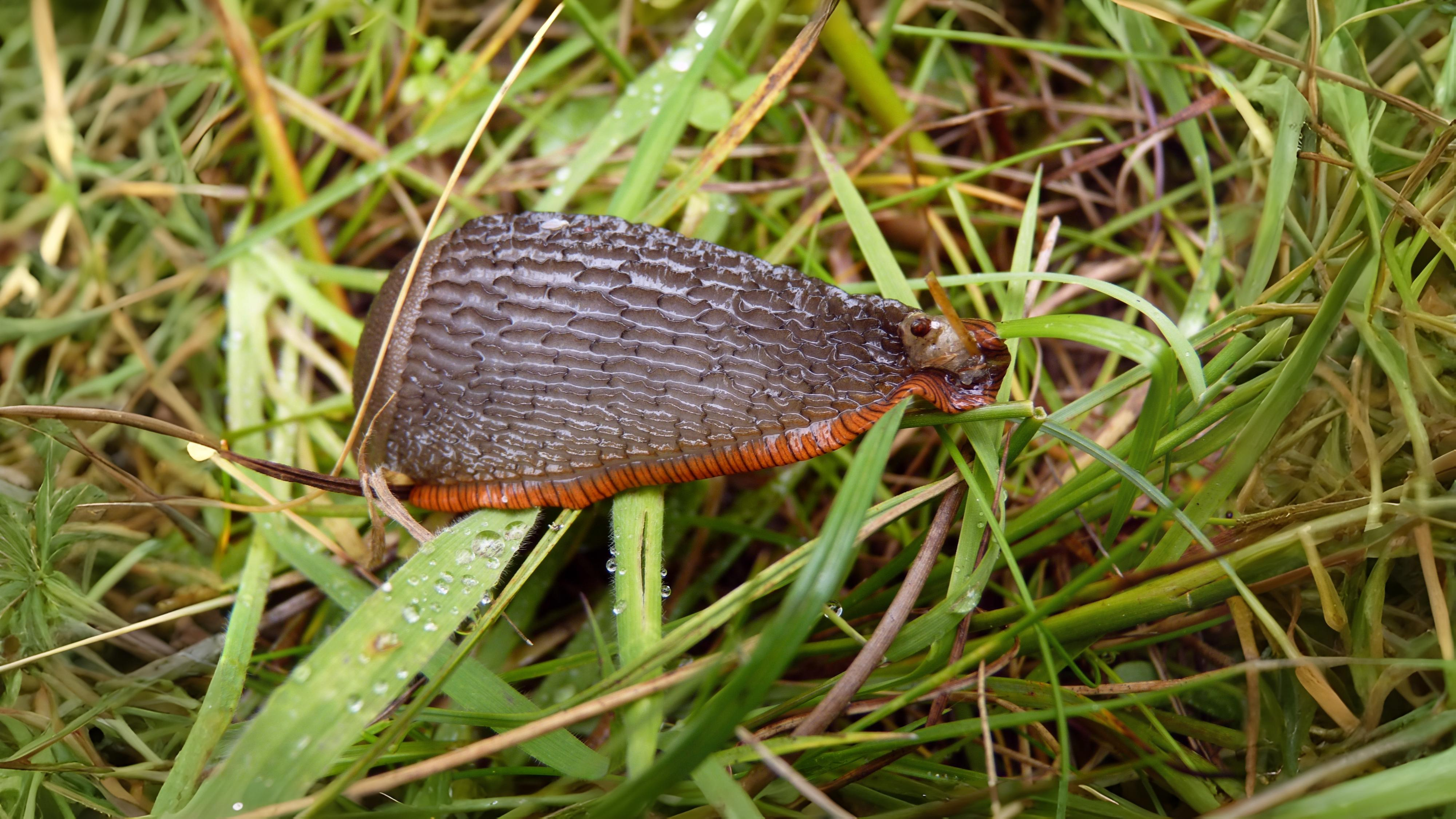

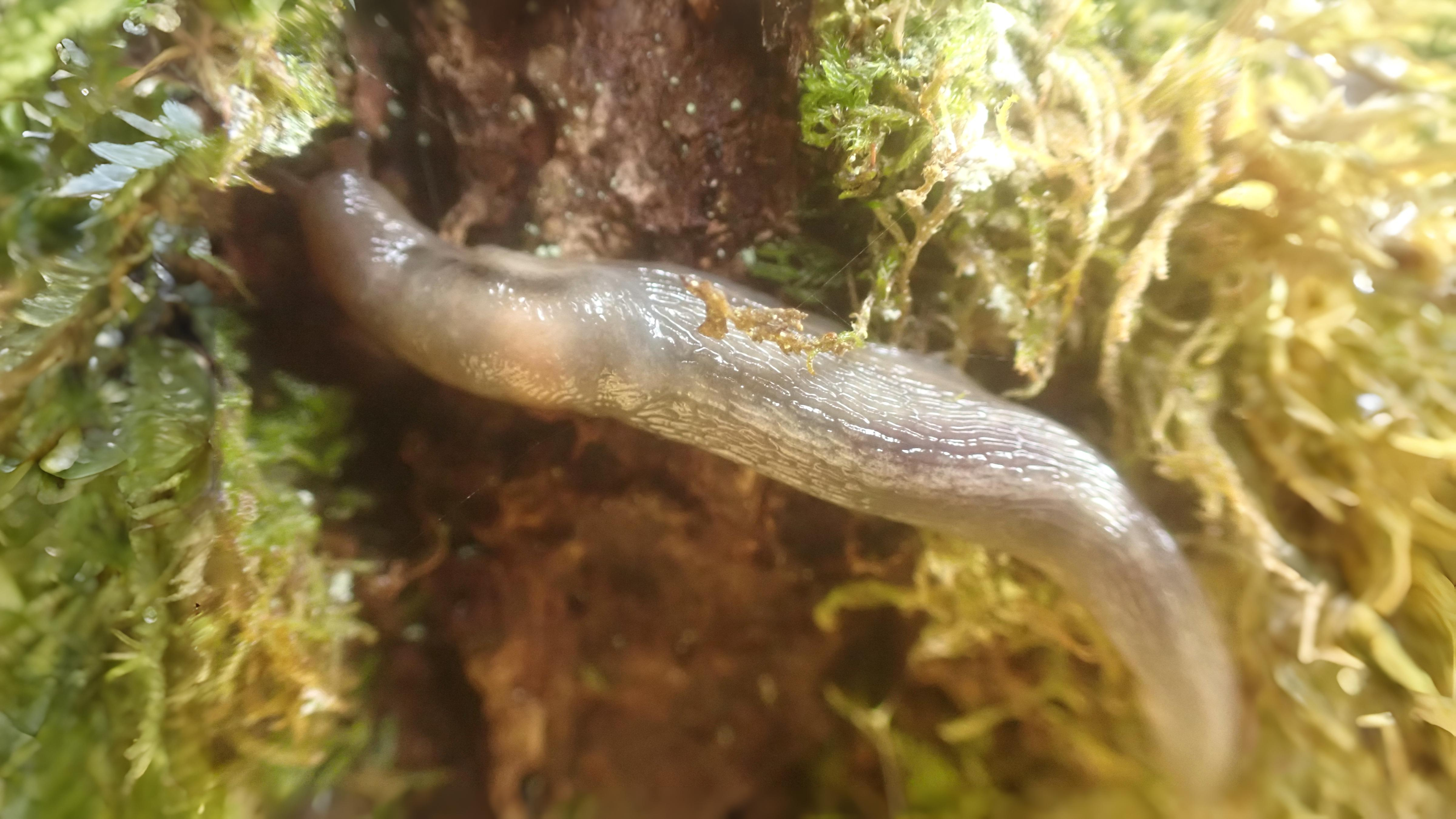

Slugs are generally found in gardens, under stones, among rubbish or just discovered eating plants. Bookham common and Hampstead heath are good places to look for the various species mentioned here. Both have ten different species recorded with Bookham common even providing the chance of seeing a leopard slug.
